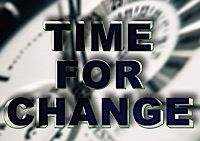
Written on the whiteboard on the first day of my entrepreneurship class at Tufts was a sobering statistic: 80 percent of startups die in their first four years. There exist a variety of factors that can kill a business. Luckily, Boston is full of programs and organizations designed to help entrepreneurs navigate through the startup process. The National Collegiate Inventors and Innovators Alliance’s Sustainable Vision VentureLab, led by James Barlow, is a five-day intensive incubator program for companies doing business in emerging markets (it ran August 26-30). I initially thought that it would be an abbreviated version of a conventional business class curriculum, somewhat similar to what I had experienced in the five-day boot camp organized by MassChallenge: what are the best ways to structure a company, to manufacture, distribute, and market product X in market Y, and how to go about getting VC funding?
On the contrary, it is a back-to-basics introspective program that emphasizes the human element of a business, such as being able to communicate your value proposition in an effective and clear manner. This may sound elementary. The reality is that this is the foundation for any business. James compared it to humming a song in your head. When vocalized you can clearly hear the tune and the words, even though the person across from you may be shooting you a puzzled look. This is a problem many entrepreneurs unknowingly struggle with. Having become so familiar with the intricacies of their businesses, they have lost the ability to break it down into its simplest and most coherent forms. When hearing these entrepreneurs pitch, the listener finds himself unable to understand the core of their idea, akin to listening to a hummed song.


 Group: International Commercialization Alliance
Group: International Commercialization Alliance

















